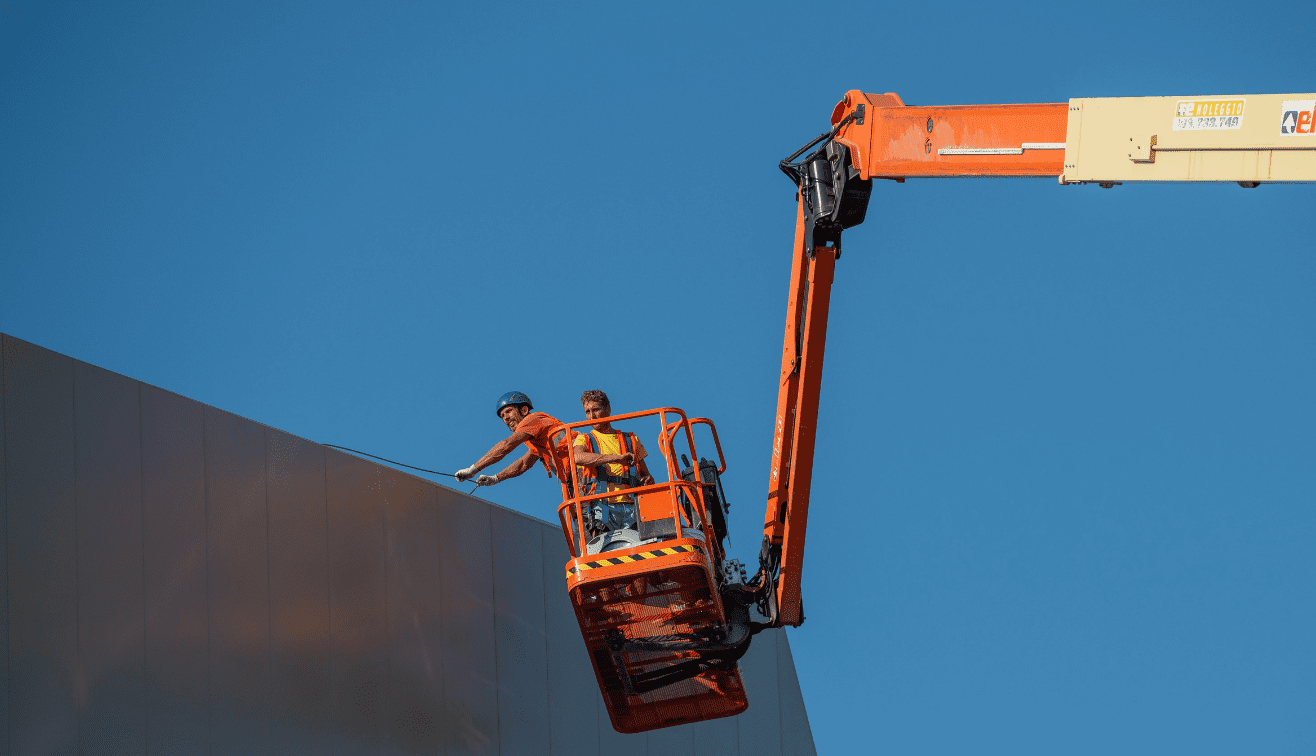Safeguarding Skies: The Crucial Role of a Project Supervisor Design Stage (PSDP) in Construction

In the intricate tapestry of a construction project, the design phase is where the blueprint for success is drawn. At this critical juncture, a Project Supervisor Design Process (PSDP) assumes a pivotal role, ensuring that not only the vision but also safety stays of utmost importance. Let’s dive into the world of “Working at Height”, that a PSDP regularly encounters during the design phase of a construction project.
- Elevated Platforms and Walkways:
- Elevated platforms and walkways are essential components in many construction projects, providing access to various parts of a building or structure. PSDPs must ensure their design incorporates safety features such as guardrails, anti-slip surfaces, and fall protection systems.
- Ladders and Access Points:
- Ladders are a common feature in construction, allowing workers to access different levels. PSDPs are tasked with specifying safe ladder designs, including proper rung spacing, materials, and secure anchoring to prevent accidents.
- Scaffolding and Temporary Structures:
- Scaffolding is a critical part of construction, offering a secure working platform for any tasks to be carried out at height.
- Roof Access and Maintenance:
- Designing safe and accessible roof areas is crucial, as they often require regular maintenance and inspection. PSDPs oversee the creation of access points, safe walkways, and fall protection measures on rooftops.
- Window Cleaning Systems:
- High-rise buildings often necessitate specialised window cleaning systems. PSDPs ensure that these systems are not only functional but also adhere to safety regulations, minimising risks for window cleaners working at height.
- Façade Access Solutions:
- For maintenance and repair of building façades, PSDPs evaluate and design safe solutions such as powered platforms, rope access, or building maintenance units (BMUs).
- Fall Protection Measures:
- The prevention of falls from height is a primary concern. PSDPs identify areas where fall protection is needed, such as edge protection, safety nets, and personal protective equipment (PPE) requirements.
- Lighting and Signage:
- Proper lighting and signage are essential for safe navigation and work at height. PSDPs ensure adequate illumination and signage, guiding workers to designated areas and warning them of potential hazards.
- Material Handling Systems:
- Material handling at height requires special attention. PSDPs consider hoists, cranes, and other equipment used for lifting and lowering materials, ensuring they are designed for safety and efficiency.
- Emergency Evacuation:
- In case of emergencies, safe evacuation from height is paramount. PSDPs review and plan evacuation routes and equipment like fire escape stairs and emergency descent systems.
In a world where construction projects continue to reach new heights, the role of a PSDP in the design phase becomes increasingly crucial. They not only ensure the aesthetic and functional aspects of the project align with the vision but also make sure that safety remains paramount. As we look up to the skyscrapers and marvel at their grandeur, let’s not forget the unsung heroes who ensure that those heights are reached without compromising safety, one design at a time. #ConstructionSafety #DesignPhase #WorkAtHeight
